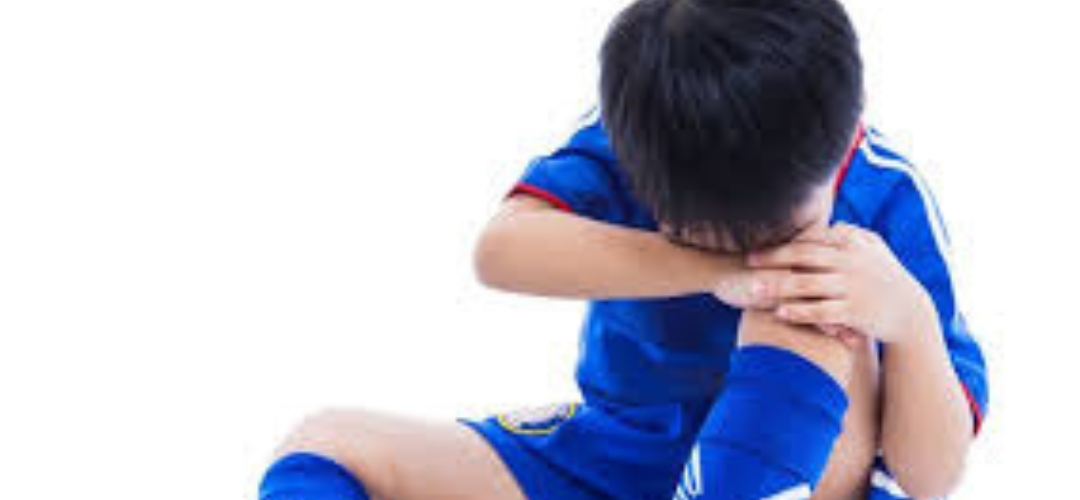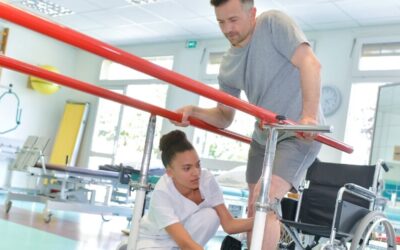Osgood-Schlatter disease is a condition that causes pain and tenderness in the front lower part of the knee. The condition affects active children/adolescents aged 8-15 years old and results from the tendon in the front of the knee placing too much stress on the bone where it attaches at the top of the shin. The reason that this only occurs in children/adolescents is that when we grow, our bones and cartilage tend to grow much faster than our muscles and tendons. The slower lengthening of the muscles leads to increased stretch force at their attachment point which the immature growing bone cannot cope with, leading to inflammation and pain. In the late stages of the condition, the irritation of the bone can lead to increased bone growth resulting in a permanent bony lump in the front of the knee.
Signs and Symptoms
- A painful, tender area at the top of your shin.
- Pain with activities that load the quadriceps such as running, jumping, squatting and hopping
- Firm bony lump under the area of tenderness
- Pain reduces with rest
- Often occurs after a growth spurt
Osgood-Schlatter Treatment
Osgood-Schlatter disease is a self-limiting condition which means that it will resolve by itself once the child has stopped growing and the growth plate at the top of the shin fuses, however, this can take anywhere from 12-24 months to occur. During this time it is safe to continue to exercise and for this reason, treatment focuses on managing the symptoms and minimising the load on the knee to reduce pain and allow the child to continue to participate in sport and exercise. With appropriate treatment, the symptoms/pain can be resolved within a matter of weeks to months and then managed until the child has finished growing. Your physiotherapist will work with you to design a load management strategy based on your priorities and goals so that you can continue to perform and compete at your best with minimal discomfort.
Treatments can include:
- Rest / Activity modification /Reduced activity
- Ice
- Taping/bracing
- Stretching
- Massage
- Foam rolling
- Correcting biomechanical issues
- Quadriceps strengthening
How to Meal Prep Recipes for a Healthy Week
Embarking on a journey towards a healthier lifestyle can often feel like an uphill battle, fraught with time constraints and dietary dilemmas. However, with a bit of planning and creativity, meal prepping can transform this challenge into an achievable — and maybe...
How the NDIS Works – A Comprehensive Overview
The National Disability Insurance Scheme (NDIS) is a crucial part of Australia's social welfare system, offering a new way of providing individualised support to people with permanent and significant disabilities. Unlike traditional disability support systems, the...
Concussion Treatment: Tips for a Smooth Recovery
A concussion is a type of brain injury that can have serious physical, cognitive, and emotional implications—Especially if left untreated. Whether you're an athlete, office worker, or caregiver, it's important to understand the signs, symptoms, and recovery process...



